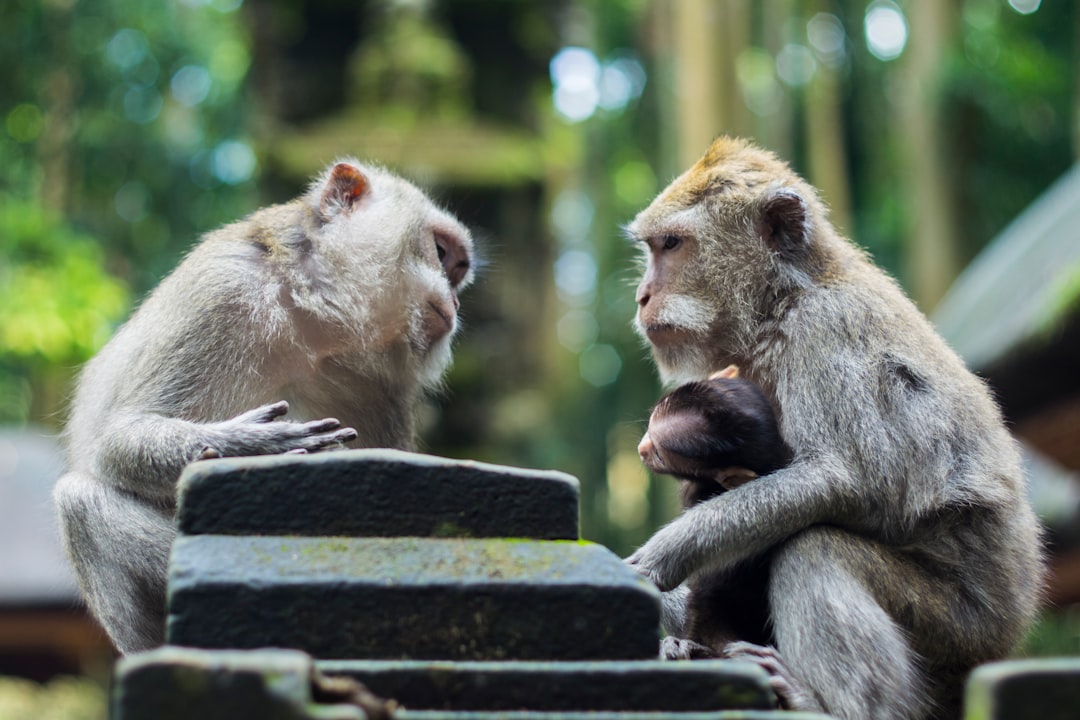What is it about?
A new theory of emotion which places all emotions into four groups: two positive and two negative. These four groups are considered in relation to the three domains of mind. The work demonstrates how emotions are powerfully affected by time in the tenses of the past, present and future; and by space through distance and proximity. It also shows how emotions which have often been viewed as synonyms like shame and embarrassment, and disgust and contempt, are categorically different. The work concludes by exploring how many psychological conditions have their aetiology in in emotional disorder.
Featured Image

Photo by Maxim Kharkovsky on Unsplash
Why is it important?
This work is important as it presents a new framework for categorising emotions based on the view that an emotion has both psychological and biological components. These components are able to account for reactive, reflective emotions and mixed emotions as the individual interacts with the world. It also unpacks positive and negative emotions and how the prioritising of the body over mind and vise versa can provide new insights. The ideas forwarded can open up new lines of inquiry for researchers involved in the study of emotion. Finally, the therapeutic value of this work is significant as life, past, present and future, losses and loves are rigorously explored and how they impact on both mind and body.
Perspectives
After studying the literature on emotion theory and working with emotions in the clinical setting, I, like many others was disappointed with the field's lack of progress in the real world. Old theories on emotion and personality theories still hold sway despite an increasing lack of support and utility. I believed I could create a new theory/taxonomy which can offer an account for some of the anomalies in our current understanding of emotion. I did not believe that basic lists of emotions was sufficient to explain the emotions that most people deal with on a daily basis. Emotions like guilt, shame, joy and love, for example, needed to be accounted for and not just individually but also how they relate to each other.
Gerard Shanahan
Read the Original
This page is a summary of: A New Taxonomy of Affect—A Spatiotemporal Framework: Constructing the Elephant, Psychological Reports, December 2019, SAGE Publications,
DOI: 10.1177/0033294119896071.
You can read the full text:
Contributors
The following have contributed to this page










